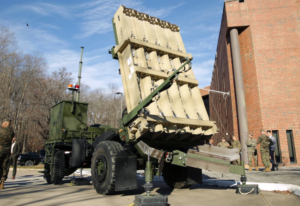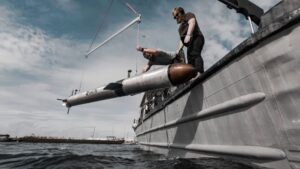
The Marine Corps is on track to begin fielding its new Medium Range Intercept Capability (MRIC) in 2025, a lead official has confirmed. Col. Andrew Konicki, the Marine Corps’ program manager for ground-based air defense, said Wednesday a Quick Reaction Assessment with MRIC, which incorporates components of Israel’s Iron Dome system, is still slated for September and is a key next step to moving into a program of record and fielding. “That’s in lieu of a traditional [initial operational test…

 By
By 











